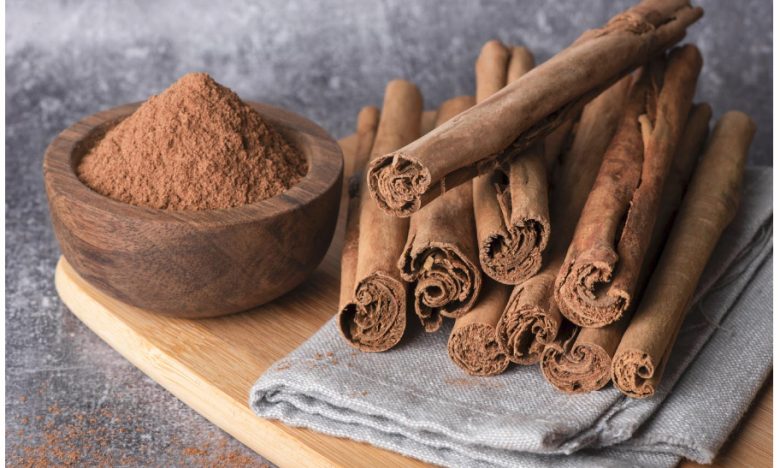KAUAI, HAWAII, July 3, 2024 (Hinduism Today, by Lakshmi Sridharan): Cinnamon is one of the most highly valued spices, widely used all over the world for centuries. It is used in cooking, baking and as a flavoring agent for many foods and drinks. Traditional medicine systems around the world, including ayurveda, use extracts from the bark, leaves, flowers, fruits and roots of the cinnamon tree for ailments such as hypertension, diabetes, weight control and more. The Egyptians employed it as an ingredient in their embalming practices, the Hebrews used it in religious ceremonies. In the Roman Empire, cinnamon was primarily used in perfumes and fragrances, and to flavor wines, rather than as a cooking spice.
Interestingly, cinnamon, in its stick, powder, or essential oil form, is also highly effective as an ant repellent! The spice’s most important active ingredient is cinnamaldehyde, the essential oil distilled from the bark fragments that gives cinnamon its unique flavor and fragrance. Several major types of cinnamon are in use today. Cinnamomum verum from Sri Lanka is—literally—the “true cinnamon.” It is often priced up to 50 percent higher than other types. Cinnamomum cassia (or Chinese cinnamon), is the most common type sold in North America. Other types are C. burmanni (or Indonesian), C. Loureiroi (or Vietnamese) and C. citriodorum (or Malabar). In 2021, the world produced nearly half a billion pounds of the spice. Accounts of cinnamon date back as early as 2,800 BCE. Centuries ago, it was highly prized, valued similarly to gold in the 13th and 14th centuries.
Read more at source.
https://www.hinduismtoday.com/magazine/april-may-june-2024/cinnamon-for-your-well-being/
A daily summary of world news for Hindus and non-Hindus alike

